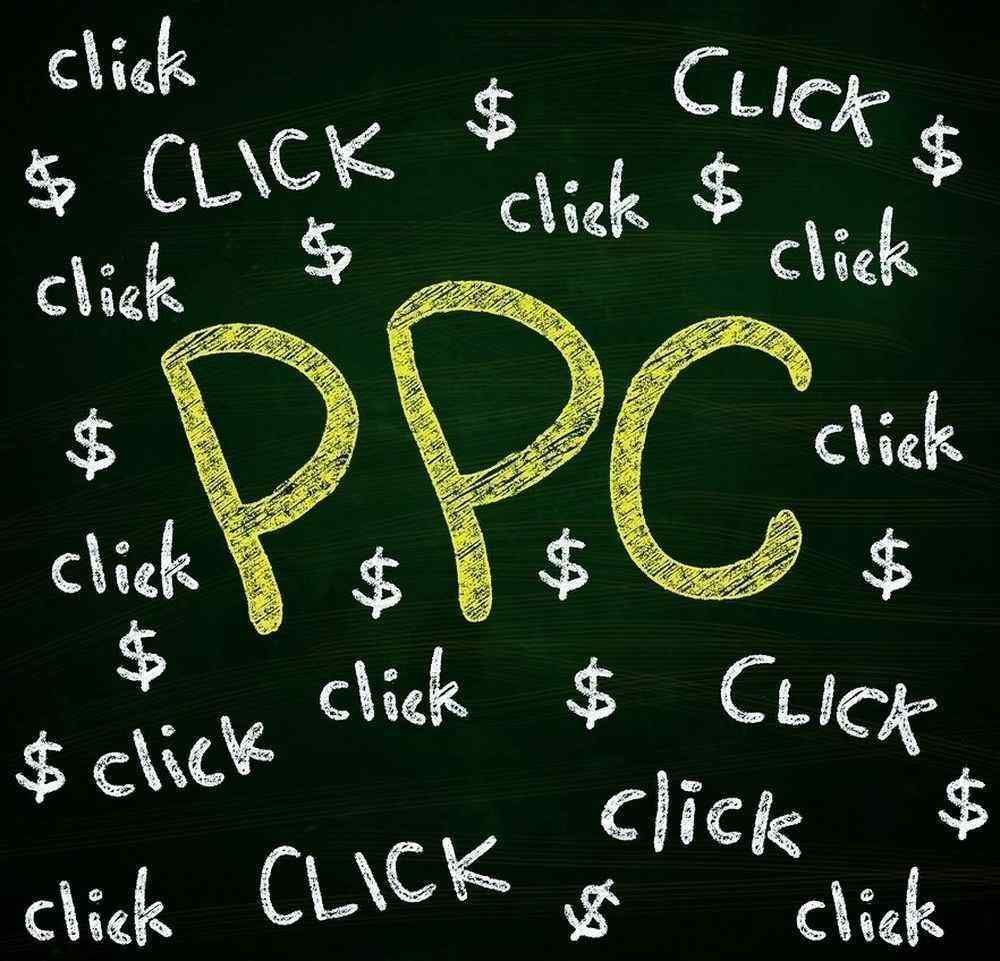
Optimizing PPC campaigns for the changing seasons is a great way to generate traffic. But if you want to take advantage of all the possibilities seasonal ads offer, you need to understand that seasonality goes beyond winter, spring, summer, fall and holidays — and bid accordingly. Of course, as Capterra notes, conversion rates vary, but a 2 percent rate is typical with any thoughtfully executed campaign. But optimizing your PPC campaign for seasonality, Search Engine Watch explains, could bring your numbers much higher.
Mine Your Own Data
While you might have to wait a bit in order to gauge the results of search engine marketing and other types of campaigns, you can monitor and adjust most PPC ads within hours, which is ideal for responding to changing audience behavior. Of course preparing for the recurring seasons is important, but changes also can occur on a monthly, weekly or even daily basis. This is where your own sales history is key.
For example, if you sell snowboards, your busy season is going to be from fall to early winter because that's when people are actively planning their snowboarding trips. You might also find that people search heavily on Fridays. But another boon to search engine traffic comes every four years — the Olympic Games. Although February might be a time when you typically put less into advertising because the season is winding down, you might find ways to attract more customers to your site by optimizing PPC campaigns around the Winter Games. You can also take advantage of out-of-the-ordinary events, like a major snowstorm, and create ads and deals related to the snow.
There is a caveat, though. Helpful as past sales data is, you have to make sure you're analyzing it correctly. Most retailers base bids on conversion rates from the previous 30 days, but with PPC you can — and should — microsegment your buys. If you ran a Christmas campaign, for example, you'd be overbidding come December 26 if you based your bids on data from the previous month. Be precise about the start and end dates of campaigns. Also, make sure you're comparing year-over-year data accurately, as the dates for Thanksgiving, Black Friday and Cyber Monday change each year.
Keyword Strategy
There's a seasonality to your customers' buying cycle, as well. The further along the consumer is in the cycle, the more specific your keyword list should be. Tempting as it is to boost traffic using the broadest possible terms, such as "dresses" or "bike parts," this will not only drive up your costs, but lower your chance of conversion.
Let's say you own a surfboard shop and are running a winter campaign. First, you could focus on services — things surfers would typically take care of in the off-season — such as surfboard repairs or surfboard storage, in your keyword lists. As the surfing season approached, you could move into your summer campaign by focusing more on attracting consumers who are closer to making an actual purchase with key phrases like "surfboard sales," "surfboard accessories" or "how to book surfing lessons." This strategy is true even for companies that rely on specific holidays to drive much of their business, such as a costume shop. Even in broader searches, the shop should add keywords related to "Halloween costumes" rather than just "costumes."
Optimizing your PPC campaigns by seasonality can help you attract customers who might otherwise overlook your ad. It can also keep costs lower and boost your ROI.







